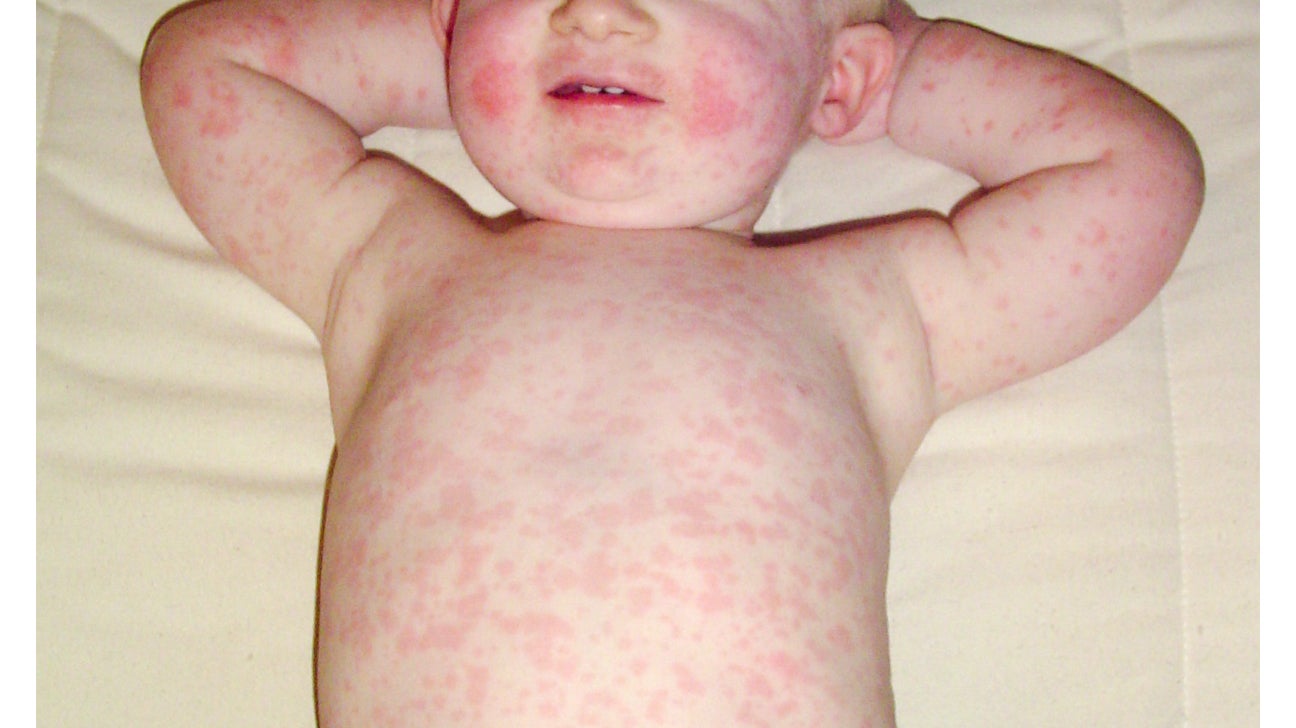
Baby Rashes: A Comprehensive Guide for Parents
Introduction
Baby rashes are a common concern for parents, as they can be a sign of a variety of underlying conditions. While some rashes are harmless and will resolve on their own, others may require medical attention. It is important to be able to recognize the different types of baby rashes and know when to seek medical help.
Types of Baby Rashes
There are many different types of baby rashes, each with its own unique cause and symptoms. Some of the most common types of baby rashes include:
- Diaper rash: This is a red, irritated rash that develops in the diaper area. It is caused by prolonged exposure to wet or dirty diapers.
- Heat rash: This is a red, bumpy rash that develops in areas of the body that are exposed to heat and humidity. It is caused by sweat glands becoming blocked.
- Eczema: This is a chronic skin condition that causes dry, itchy, and inflamed skin. It is often caused by allergies or irritants.
- Cradle cap: This is a yellow, crusty rash that develops on the scalp of babies. It is caused by an overproduction of oil glands.
- Impetigo: This is a bacterial skin infection that causes red, weeping sores. It is spread through contact with infected skin or objects.
- Ringworm: This is a fungal skin infection that causes red, itchy, circular rashes. It is spread through contact with infected skin or objects.
- Scabies: This is a parasitic skin infection that causes intense itching and a red, bumpy rash. It is spread through close contact with infected individuals.
Causes of Baby Rashes
Baby rashes can be caused by a variety of factors, including:
- Irritants: These are substances that can irritate the skin, such as diapers, wipes, detergents, and soaps.
- Allergies: These are reactions to specific substances, such as food, pollen, and dust mites.
- Infections: These are caused by bacteria, viruses, or fungi.
- Medical conditions: Some medical conditions, such as eczema and psoriasis, can cause rashes.
Symptoms of Baby Rashes
The symptoms of baby rashes can vary depending on the type of rash. Some of the most common symptoms include:
- Redness: This is a common symptom of many types of baby rashes.
- Itching: This is another common symptom of many types of baby rashes.
- Bumps: These can be small or large, and they may be filled with fluid or pus.
- Crusts: These are dried areas of skin that can form over rashes.
- Scales: These are small, flaky pieces of skin that can form over rashes.
- Weeping: This is when fluid leaks from the rash.
When to Seek Medical Help
It is important to seek medical help for a baby rash if:
- The rash is severe or does not improve with home treatment.
- The rash is accompanied by other symptoms, such as fever, vomiting, or diarrhea.
- The rash is spreading or changing in appearance.
- The baby is fussy or irritable.
Treatment for Baby Rashes
The treatment for a baby rash will depend on the type of rash. Some common treatments include:
- Over-the-counter medications: These can include antihistamines, corticosteroids, and antifungal creams.
- Prescription medications: These may be necessary for more severe rashes.
- Home remedies: These can include oatmeal baths, baking soda baths, and applying cool compresses to the rash.
Prevention of Baby Rashes
There are a number of things you can do to help prevent baby rashes, including:
- Keep your baby’s skin clean and dry: This means changing diapers frequently and bathing your baby regularly.
- Use mild soaps and detergents: Harsh soaps and detergents can irritate your baby’s skin.
- Avoid exposing your baby to irritants: This includes things like diapers, wipes, detergents, and soaps.
- Dress your baby in loose, comfortable clothing: This will help to prevent your baby from overheating and developing a heat rash.
- Keep your baby’s environment cool and humid: This will help to prevent your baby from developing a heat rash.
Conclusion
Baby rashes are a common concern for parents, but they are usually not serious. However, it is important to be able to recognize the different types of baby rashes and know when to seek medical help. By following the tips in this article, you can help to prevent and treat baby rashes.
